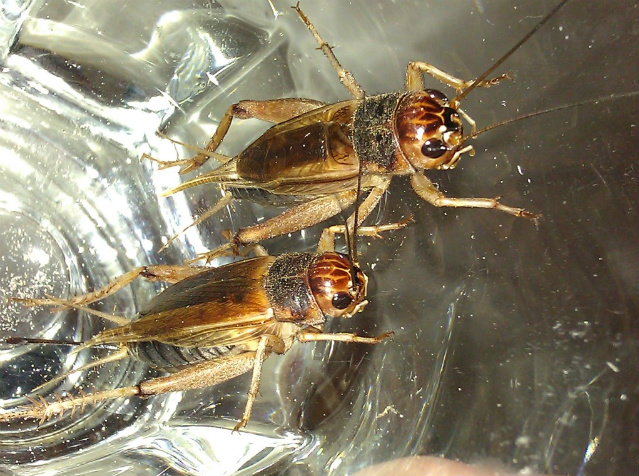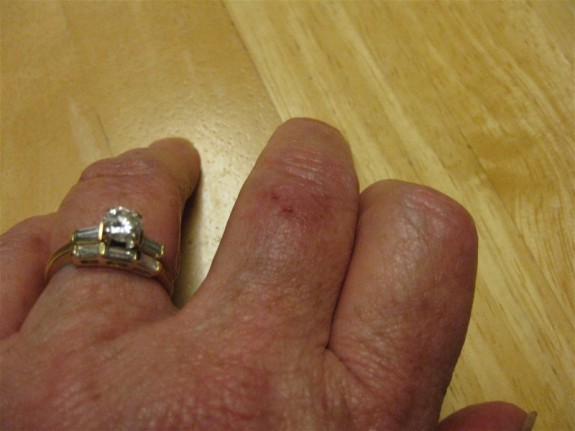- Joined
- Mar 26, 2010
- Messages
- 184
If Bat's "bored"...why'd she respond? :?
So, anyways, I amend my earlier statement: I do believe that you cannot irradiate something that's alive. Unless it's with super low radiation levels ... and the level low enough to NOT kill an insect would probably be impossible to calculate. I am NOT a mathematical genius and never claimed to be! Nor am I a biologist or entomologist. I am a T keeper and a new one at that.
The point I wanted to make, but I didn't, was that the crix I get at my LPS (not my PetSmart but a locally owned place) are not irradiated to be sterilized because they constantly reproduce in their containers at the LPS. That's how I'm able to get crix at all lifestages--juveniles less than 1/2" long up to adults with wings that are near the end of their natural life cycles.
The whole point of this thread was about the cricket paralysis virus and not about irradiation or anything else. I apologize to everyone that it got so out of hand.
So, anyways, I amend my earlier statement: I do believe that you cannot irradiate something that's alive. Unless it's with super low radiation levels ... and the level low enough to NOT kill an insect would probably be impossible to calculate. I am NOT a mathematical genius and never claimed to be! Nor am I a biologist or entomologist. I am a T keeper and a new one at that.
The point I wanted to make, but I didn't, was that the crix I get at my LPS (not my PetSmart but a locally owned place) are not irradiated to be sterilized because they constantly reproduce in their containers at the LPS. That's how I'm able to get crix at all lifestages--juveniles less than 1/2" long up to adults with wings that are near the end of their natural life cycles.
The whole point of this thread was about the cricket paralysis virus and not about irradiation or anything else. I apologize to everyone that it got so out of hand.


